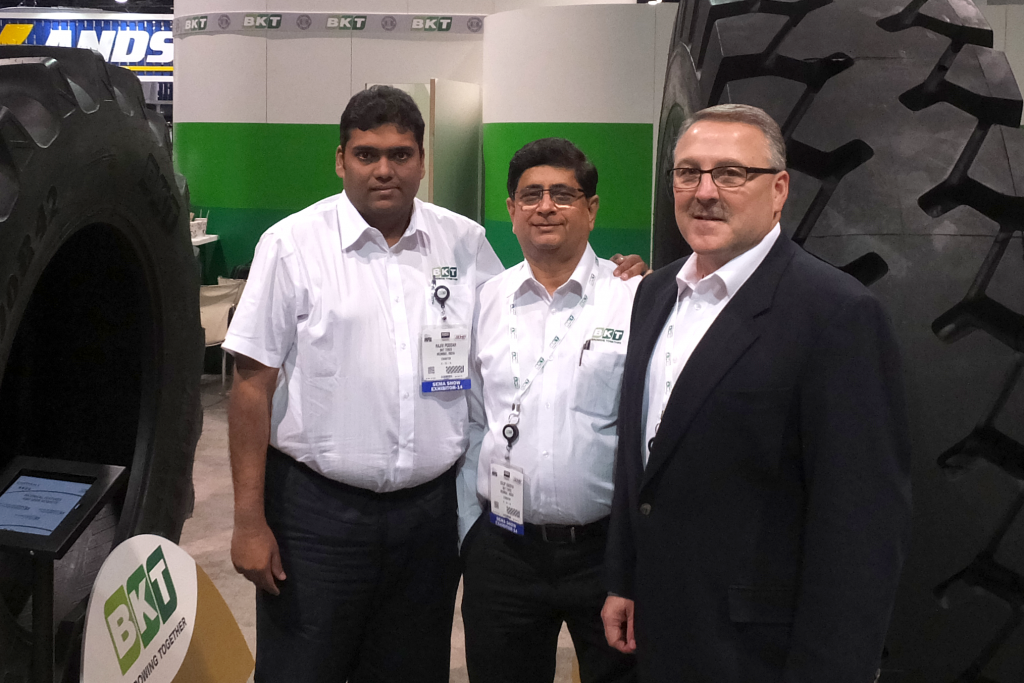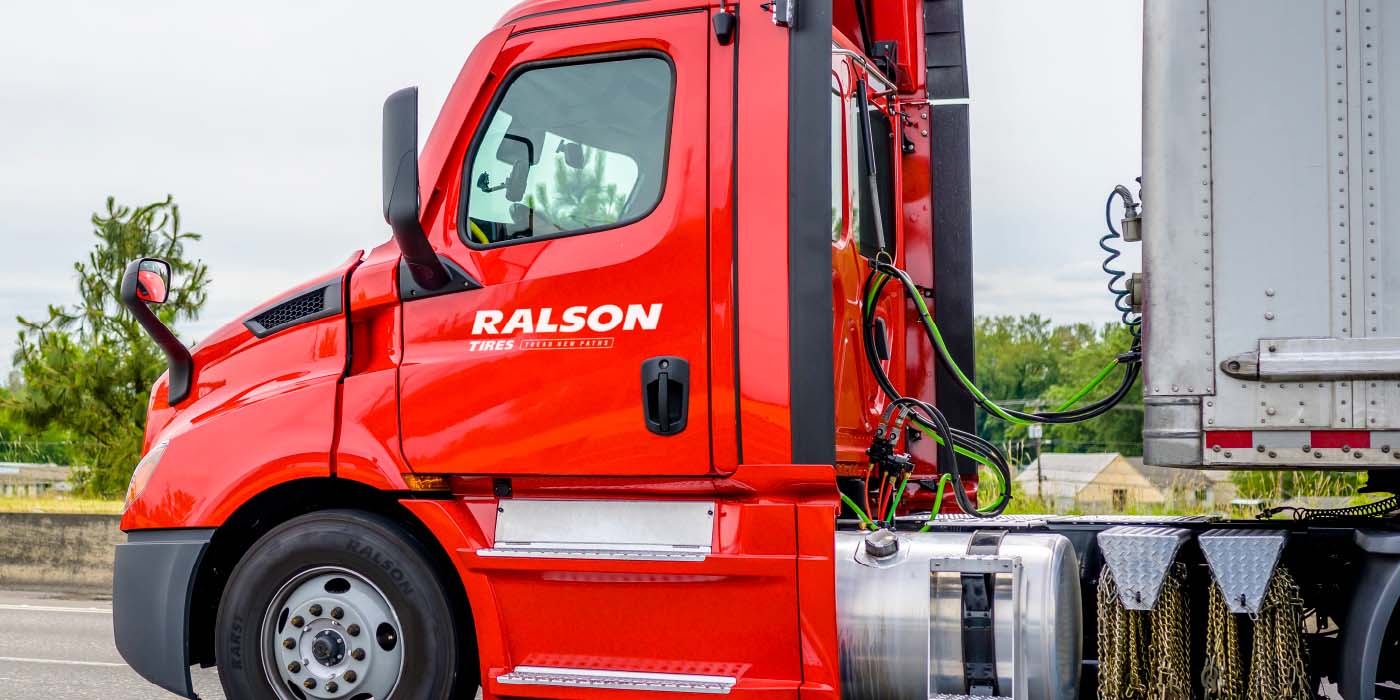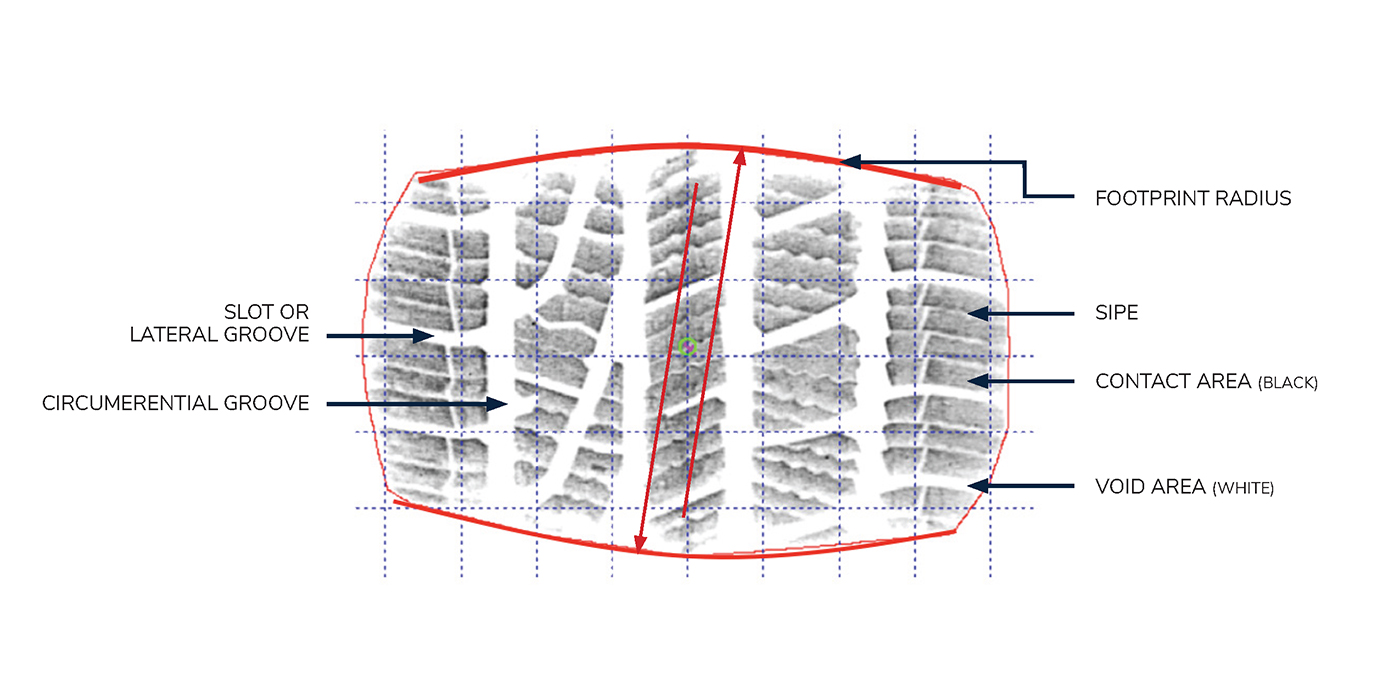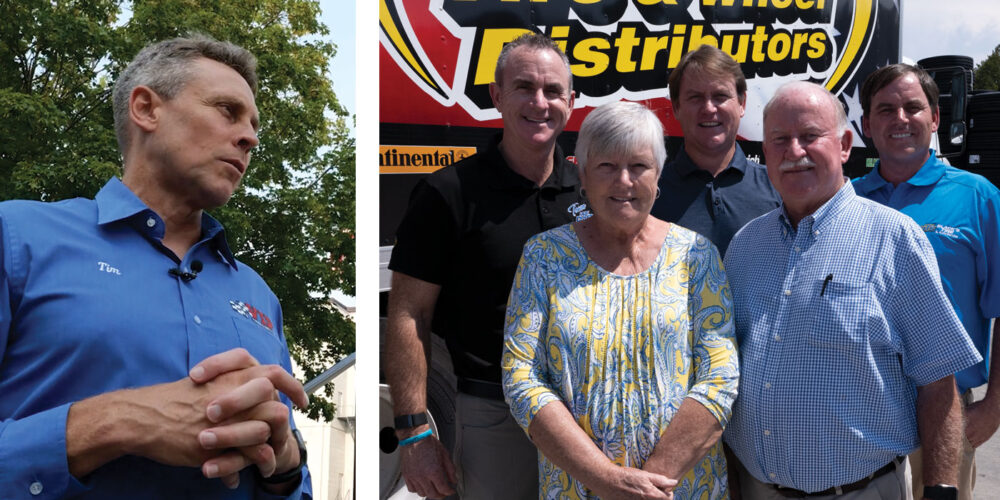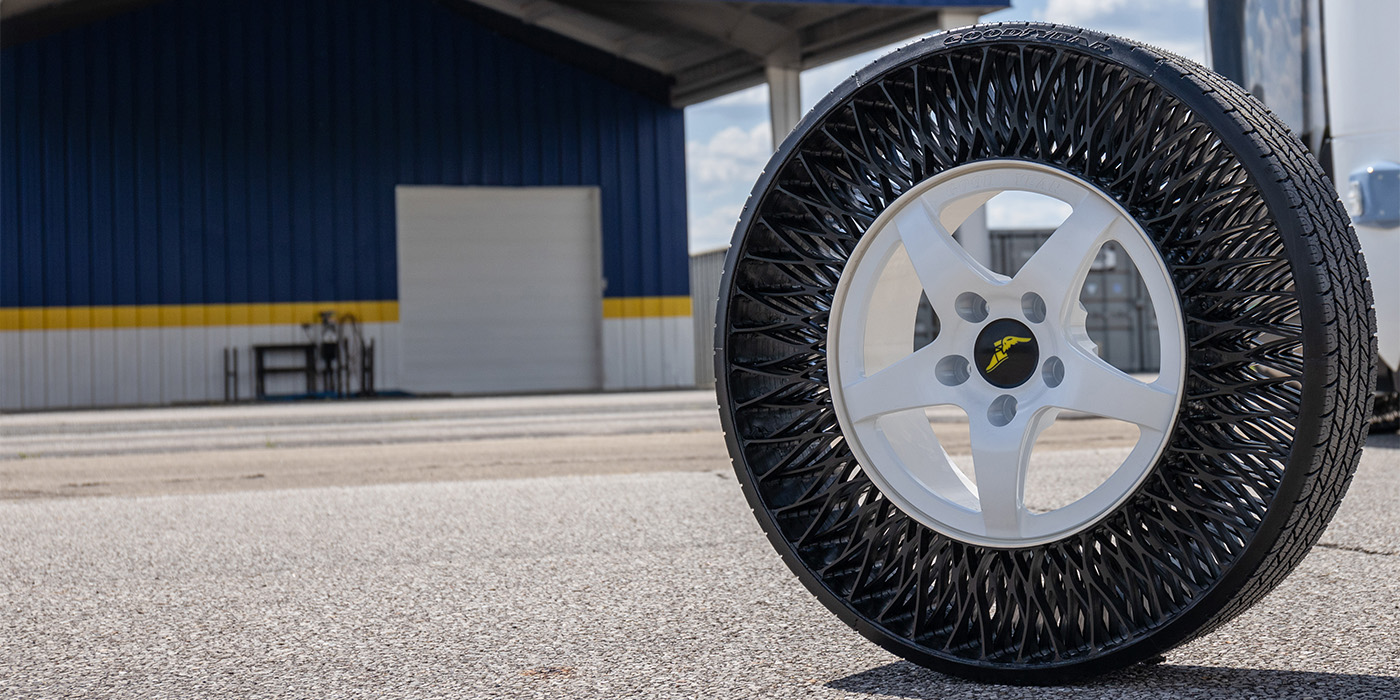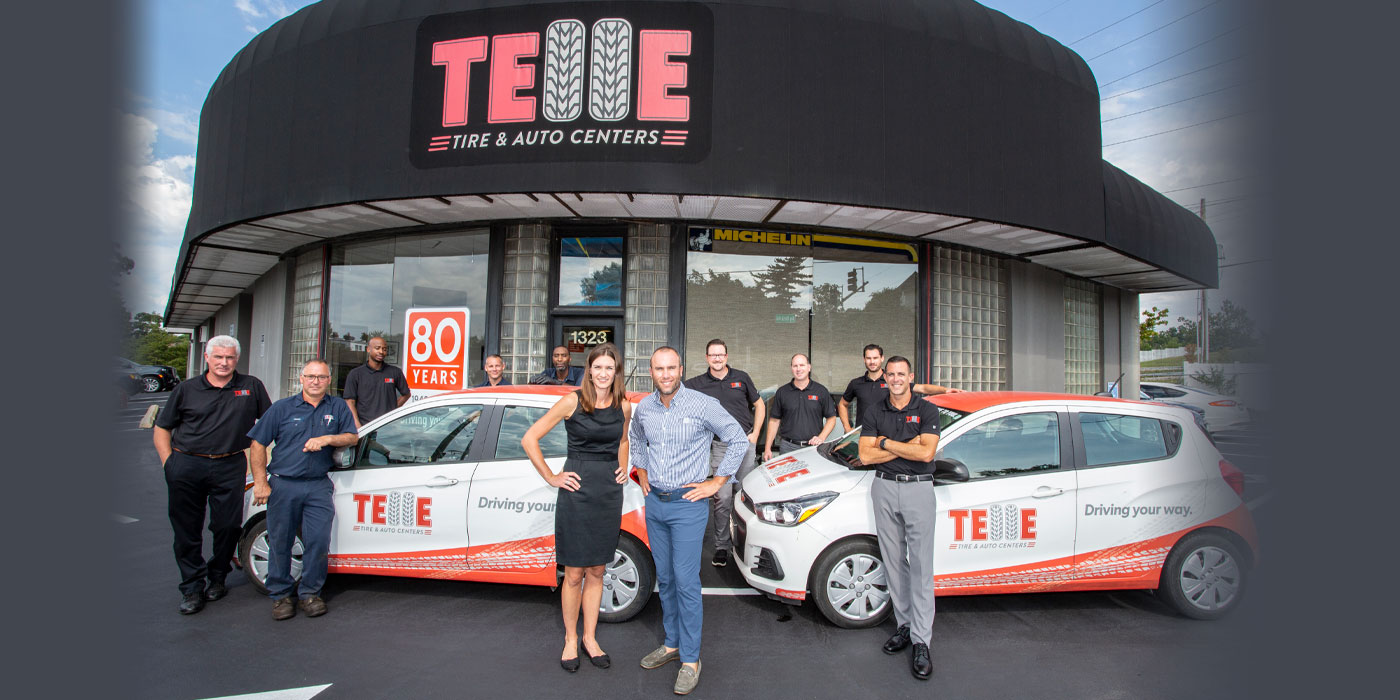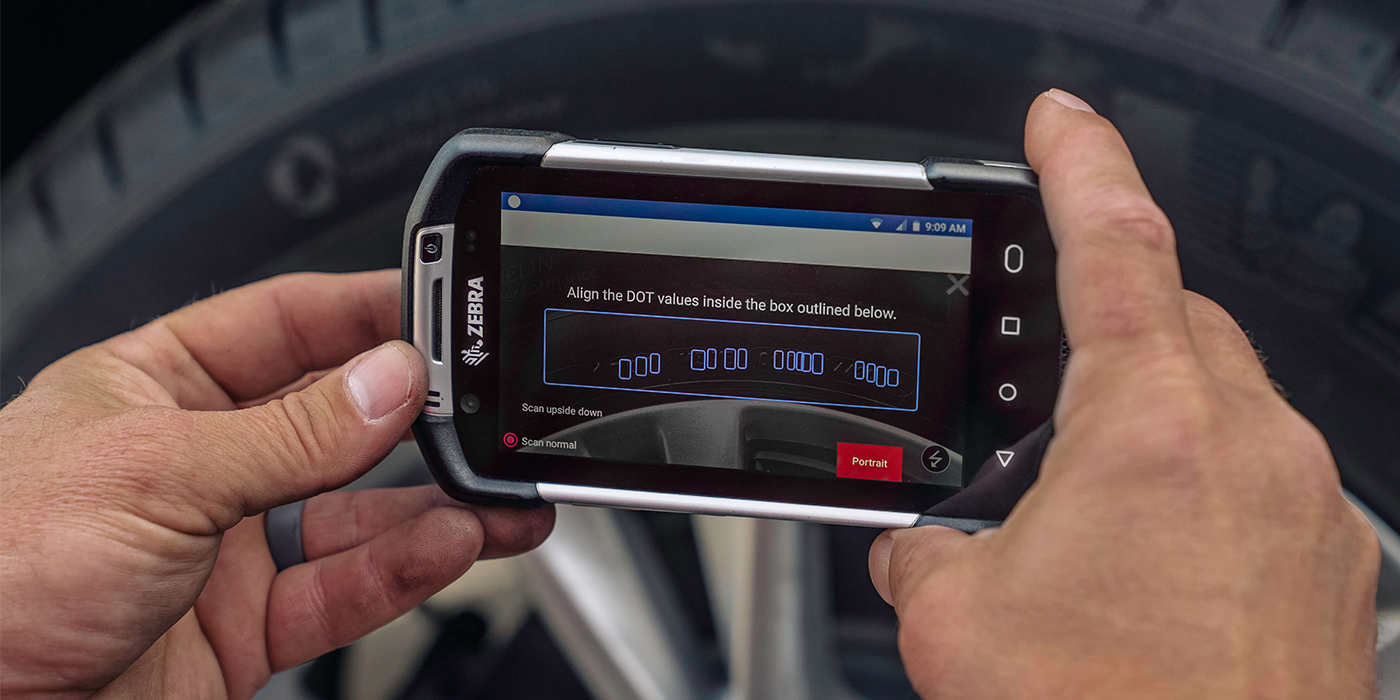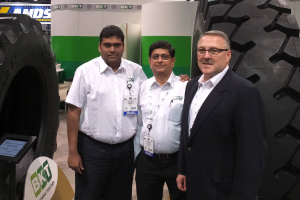
Over the last several months, BKT Tire’s operations in North America have undergone considerable change. Where once BKT Tires USA Inc. in Akron handled all of the India-based tiremaker’s business here, now BKT Tire based in Nashville handles all OTR tire sales and service, and BKT Tires USA Inc. focuses on ag, industrial and ATV tires. Both are direct subsidiaries of Balkrishna Industries Ltd.
The OTR unit is led by Shawn Rasey, who brings a healthy resume with executive stints at Yokohama and Bridgestone (the Akron team continues with Carl Casalbore as unit president), and since he was brought on in July 2014, BKT has added staffing and warehouses to support its dealer and end-user roster.
At the recent SEMA Show/Global Tire Expo, Tire Review had the opportunity to sit with Rasey and Rajiv Poddar, joint managing director of parent company Balkrishna Industries Ltd., to discuss the company’s new focus on the OTR segment and its future plans in North America.
You’re opening two distribution centers – east and west – in the U.S., which runs counter to the company’s previous position that BKT didn’t want to own warehouses, it just simply wants to build good relationships with dealers. So what strategically has changed?
Poddar: So yeah, we have the two companies now, and the principal policy for the ag/industrial tire company is going to continue with the dealer network. With the heavier tires, the mining tires, because of the size and scale, it’s not very attractive for customers to buy container loads from India as against what they’re getting from the other players. That’s one reason why we had to open up the warehouse.
Rasey: It’s fair to say that BKT has had a very successful business model with the group out of Akron, and it’s worked incredibly well for developing that part of our business and our footprint in North America. I think it’s been very effective. But to Rajiv’s point, both the size and the scale and the special nature of construction and mining tires, we need to have a stronger presence in terms of servicing dealers that are the top servicing dealers in the markets that they serve and affiliated with us for our products. And the best way to serve that market is to have local supply and then the support team of experts that know and understand that market intimately and can extend that support out to the dealer network. And so, it puts us on a level playing ground with competitors that we’ll be challenging for marketshare.
Poddar: And as far as the other products go, we are going to continue the old model because we believe that it works well. It’s doing well, and it will continue to do well.
Talking about the servicing dealers, is there going to be an affiliated dealer program under which they’re going to act, or are they going to be servicing dealers that carry BKT among other brands?
Poddar: Basically, the concept that we’ve come up with is called ‘Independence for Independents.’ We will never be have our own retail outlets or sell direct to end-users, so the dealers don’t have to worry about competing with BKT. So, that’s where they get their independence, as opposed to other competitors from U.S. or from Europe that have their own outlets. They’re servicing their end-user partners with these service dealers, and right next to them is their own retail outlets which compete with them. That’s going to be the difference.
Rasey: That concept of ‘Independence for Independents’ really resonates with independent tire dealers. And you know, we have some competitors that have tremendous offerings, and it’s a tough marketplace, but at the end of the day as an independent tire dealer, over the years with a lot of consolidation, they’ve had to consign away some of that independence. And having a program like ours, where we’re not going to sell with company distribution like GCR, TCI, Wingfoot and those guys, that means that there’s less competitors in the marketplace selling our brands, which means at the end of the day they should have a better competitive footing with our product against others in the marketplace. I think that really has resonated with these servicing dealers because it’s an opportunity for them to really differentiate themselves from a lot of the other brands that are out there. We think it’s the right model at the right time for the independent dealers, and so far we’ve been incredibly gratified by the response that we’ve received from dealers. They’ve stepped up and have been incredibly supportive of this concept. So, it’s more than a marketing spiel – ‘Independence for Independents’ – it’s really the way we’re thinking about the marketing.
One of the concerns voiced by some dealers right now is overcapacity, overbuilding capacity. Bridgestone is opening its new giant OTR tire plant in South Carolina, Michelin opened a new OTR plant in that state a year ago, and there’s new capacity being built in Asia and elsewhere. So, understanding what some of the short- and midrange-game is with BKT, is there a concern about an overcapacity situation? Is that going to be a pricing or an absorption problem?
Rasey: Well, and on top of that, we’re adding our own capacity to deal with the global demand. I mean, I’d like for Rajiv to talk a little bit about that for sure, but let me frame it this way. Our belief, based on the best information that we have available, is that the dynamics for long-term expansion for off-road tire demand is solid. There’s going to be ebbs and flows, and we’re coming out of a somewhat long and protracted recovery. And so there may be times where there may be more capacity than there is demand. We don’t believe that’s the case for the long run. So, our investment in capacity is based on the long run and BKT’s goals for the long run.
Poddar: Absolutely. Just to add onto what Shawn said, today if you see the dynamics in the marketplace, you have the Michelins, the Goodyears, the Bridgestones that control, even today, about 70% of the market. And then after that if you look at anybody, it’s just the low end. There’s nobody who’s giving you the midrange. And that’s where we see a vacuum, and that’s where we will come in – in the midrange category – where you have the quality of the top players at a reasonable price. Therefore, the total cost of running or total cost per hour is going to be lower than anybody else in the marketplace. That’s where we see the long-term gain on marketshare.
In looking at your future product development plans, are you going to continue to stay in that midsize lines? Are you going to start building out to 49s and 51s and…
Poddar: We have up to, yeah, we have up to 35 inches already, and 49, we’re expecting it in the first quarter of 2015, and we plan to go up to 51-inch by the middle of next year.
Rasey: And that actually will be coming out of our new capacity.
Poddar: That will be coming out of the Bhuj (India) plant, yes.
What are you doing beyond 51-inch then?
Poddar: It’s a work in progress. Maybe 2016. When I say it’s a work in progress, principally we’ve decided to go ahead up to 57-inch, but we’ve not started actively doing the specifications and the machine designing and all. So, it’s a plan.
Rasey: One thing about BKT that’s important, the company, and particularly the Poddar family, prides themselves on not over-committing and under-delivering. The philosophy of the company is to under-promise and over-deliver, and do what we say we’re going to do. And it’s a step-by-step process for us. So, as we think about the technology for giant tires, there’s exponential jumps in technology. We want to do this in a very measured way, and we want to get comfortable with our products as we increase the size range. We have every confidence that we’re going to get to where we want to go. It’s just a matter of doing it in a very systematic and very thoughtful way and try to pace ourselves so that when we ramp up on that next big spike in demand, we’ll have a mature product that’s ready to go. And we’ll have full confidence that what’s running with our customers, that they’re going to be getting that brand promise so it will be an exceptional value.
The 49- and 51-inch and beyond, they’re all going to be radials?
Poddar: Yes. We already have up to 51-inch in bias.
Rasey: And there, we’re continuing to develop certain bias items that there’s market need for around the world, but our emphasis is on all-steel radials. It is a differentiating fact that one of the things about BKT is that we’re starting with the right ingredients from the start, right? So, these are all-steel radials that are made with world-class technology.
Poddar: Absolutely.
Rasey: And so, when we release a product into the market, we’re very confident that we’re going to have good success with that product because it’s been thoroughly evaluated and tested. You know, the fact that we have our own mold factory in India is one of the things that helps compress our development timeline in terms of going from the design concept to production, but the sheer amount of tires that we have and the entire development is pretty impressive.
Was the move into the larger sizes and the greater emphasis on the mining and the construction segments already being planned by BKT before Shawn’s arrival?
Poddar: Yes. It was planned before his arrival, and that’s the reason he joined us. We had the plant up and running and we had the machines already. Otherwise, it could not have been done so quickly. And that’s the reason why he’s on board. Shawn needs no introduction in this part of the world, for these products, and he can build up the sales and marketing team under him. And we have technical knowledge with, of course, India.
Rasey: And then there is a gentleman by the name of Adrian Leu who came to us from Yokohama. He’s an incredibly talented guy. There’s a method to our madness in terms of the way we’re assembling this team. Adrian, the new guy in the field, is going to head up all of our field engineering activities and is really a seasoned veteran with a lot of capability. He will be working with our sales team and our dealers. And then Ron Tatlock, manager of training and engineering, has a development background, and he will also liaison with Dilip Vaidya’s (Balkrishna Industries’ director of technology) team in India. It’s part of the conduit of being able to get information from the field quickly, get it through to our development group in India through our Nashville office, and link that all together so we can turn that around and get product innovations and modifications back into the field. It’s a very systematic process that we’re going through, but it’s all about having the right people in the right places. That’s what our focus is on right now.
What is your outlook and you anticipation in terms of sales in the first year, and sales five years hence? What’s the growth plan for this unit?
Poddar: Well, we typically don’t disclose direct sales numbers, but what I can tell you is we’re starting from the ground level and we’re building a distribution strategy that will see us grow ourselves exponentially over the next five years. We feel really comfortable that we’ve got the right distribution base, we’ve got the right products, and we’ve got the right team in place to be able to really make a significant impact. The long-term goal for us is after people talk about the Bridgestones and the Michelins of the world and from an OTR standpoint, in a 5- to 10-year window we want to be one of those brands that are thought of as a real go-to OTR brand around the world. Not just in the market here, but around the world.
Rajiv, explain a little bit about what your role is with regard to the U.S. operations then. You’re joint managing partnering of the company on a global basis, but what is your specific orientation to the U.S.?
Poddar: For the U.S., basically, along with Shawn, looking after the OTR part of the business and trying to set it up and get to our goal. We’ve invested in a new factory in India to the tune of half a billion dollars, and a big chunk of that production is going to the OTR market. So it’s a very important product for us, and going forward we are doubling our capacity from what currently have. It’s a long-term business for us and, therefore, I’m focusing on that.
Rasey: So, I report back through Rajiv. And then he reports to the chairman, to Arvind Poddar, and so he is my immediate boss but also my number one partner in what we’re doing.
Poddar: I think it will be more partner as opposed to boss because it’s teamwork, and the communication lines between the head office and U.S.
Looking forward, are you already considering future capacity expansions or other new plants? Is there thought of having facilities outside of India?
Poddar: I’ll answer this in parts. To give you an idea, currently our capacity is about 160,000 metric tons per annum. With the Bhuj plant, we’ll take the capacity to close to 300,000 metric tons. So, that’s a big jump. It’s practically 90% addition to the existing capacity going on stream. Out of the additional 140,000 metric tons, we have reached about close to 35,000 metric tons in actual production at Bhuj. It’s a phase-by-phase ramp-up. You will see full capacity available to us somewhere from mid-2016, and 2017 will be the first full calendar year where we’ll have this enhanced capacity available. Until then we’re not looking to expand anywhere out of the new site. Of course, there’ll be add-ons such as the 57-inch, when we get there. But we don’t foresee additional capacities up to 2016-17 in a major way. There’ll be a little bit of tweaking here there because as you can see it’s a big, big sort of a jump anyway. We have Bhuj laid out on 300 acres of land, and we have 120 acres of land available to us for future expansion. So, we can easily set up another plant for about 100,000-120,000 metric tons without moving out of Bhuj.
Rasey: And this is all self-contained. There is housing for 400 families, 200 bachelors, and there’s a hospital onsite, a power plant onsite, fire brigade onsite. It’s a full-fledged complex setup. I’ve got a lot of experience with big projects. I’ve never ever seen a project of this scale, and it speaks volumes about not only the vision of the chairman, but also about the internal capability of the company to administer and manage a project that’s this complex and has this many moving parts. It’ll give our customers a great deal of pride, I think, and satisfaction. But it also is a little bit humbling for us because as they’ve looked at what we’ve shared with them, they’re dumbfounded at how much is going into this. It’s a mega project, there’s no question about it.
Looking forward, does BKT ever break out of the heavy commercial tire business? Do you start, do you see a point where you start doing medium truck tires or even consumer tires?
Poddar: Not in the short term. Long term, I don’t know. There’s no thought or plan of getting out of our specialization. For the other tire companies, this is a part of their business, these kinds of products, but this is our only business. For Bridgestone, OTR and ag is a big business for them, but it’s a small part of their overall business. It’s about 10% of their overall business, whereas for us this is our only business. We would like to focus on that and not diverge. To reach these kind of numbers, we need to have our full-force focus put on this, otherwise you get scattered.
If your focus is going to be entirely on these segments, then how does that translate back into the customer and to the end-user?
Poddar: To service the customers better, we’re doing more. In the U.S., we’re doing more with both divisions – ag and OTR. We’re looking at doing more training for the customers. So, we’re trying to educate them more. We have teams on the OTR side and the ag/industrial side that can do the training. We run yearly incentive programs, where we take people and bring them to our factories. We are looking at enhancing our brand presence. In the U.S., we’ve taken a big step forward with tying up with Feld Entertainment to be the exclusive tire partner for Monster Jam. It gives us a lot of visibility. We are there on the TV commercials with them. We are there at over 360-odd events in a year, which is practically an event a day. And then, more and more participation in specialized trade shows like the MinExpo, ConAg on the ag side. There are tons of such shows at the grassroots level.
Rasey: With the focus on the two new business units, one of the things that this is going to allow us to do is to meet the core mission that we believe in, and that is if we’re going to bring value to our distribution partners and to our end-user consumers, we need to know as much about their business as they do. Only and when we do that can we start to anticipate what those needs are going to be, and we can respond in a way that’s going to really meet the value promise that we have. So, with the focus of Carl’s team and the focus of our team, we feel like we can really put the most focused, expert emphasis in each of those segments. And for us, that’s the way we’re going to really bring value to those end customers. We make outstanding products. That’s part of our DNA. We’re going to do that, but bring in the rest of the value, whether it’s in training or it’s through joint promotion with our dealers, whether it’s helping them be more profitable by selling our products. Those are the types of things that are going to help differentiate us and help us really get that marketshare and grow sales to be where we want. It really comes from having that specialty focus in those segments.
Poddar: We firmly believe in our partners, you know, whether it is through distribution or wholesalers or through service dealers. We rely heavily on them because they become the core part of our distribution network. And it goes with our tagline, as well, which is ‘Growing Together.’ We believe that our partnerships grow along with us and vice versa. That is important to all of us.

